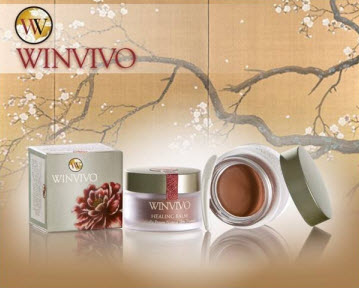Anti-Inflammatory and Anti-Allergic Effects (Licorice)
Planta Med. 2007 Mar;73(3):257-61. Epub 2007 Feb 28.
In vitro and in vivo antiallergic effects of Glycyrrhiza glabra and its components.
Shin YW, Bae EA, Lee B, Lee SH, Kim JA, Kim YS, Kim DH.
College of Pharmacy, Kyung Hee University, Dongdaemun-ku, Seoul, Korea.
Licorice (Glycyrrhiza glabra L., Leguminosae) is frequently used in traditional medicine to treat inflammatory and allergic diseases. In this study, the main components (glycyrrhizin, 18beta-glycyrrhetinic acid, isoliquiritin, and liquiritigenin) were isolated from licorice, and their anti-allergic effects, such as antiscratching behavior and IgE production-inhibitory activity, were evaluated both in vitro and in vivo. Liquiritigenin and 18beta-glycyrrhetinic acid most potently inhibited the degranulation of RBL-2H3 cells induced by IgE with the antigen (DNP-HSA) and rat peritoneal mast cells induced by compound 48/80. Liquiritigenin and 18beta-glycyrrhetinic acid potently inhibited the passive cutaneous anaphylactic reaction as well as the scratching behavior in mice induced by compound 48/80. These components inhibited the production of IgE in ovalbumin-induced asthma mice but liquiritigenin had little effect. This suggests that the antiallergic effects of licorice are mainly due to glycyrrhizin, 18beta-glycyrrhetinic acid, and liquiritigenin, which can relieve IgE-induced allergic diseases such as dermatitis and asthma.


What's New
- Lorem ipsum sit amet dolor adipiscing consectetur sit dolor averie
- Lorem ipsum sit amet dolor adipiscing consectetur sit dolor averie



Privacy Policy | Disclaimer | Knowledge Garden Disclaimer | Return Policy | Contact Us | Affiliate Program
© 2009-2013 WinVivo Corporation All Rights Reserved
